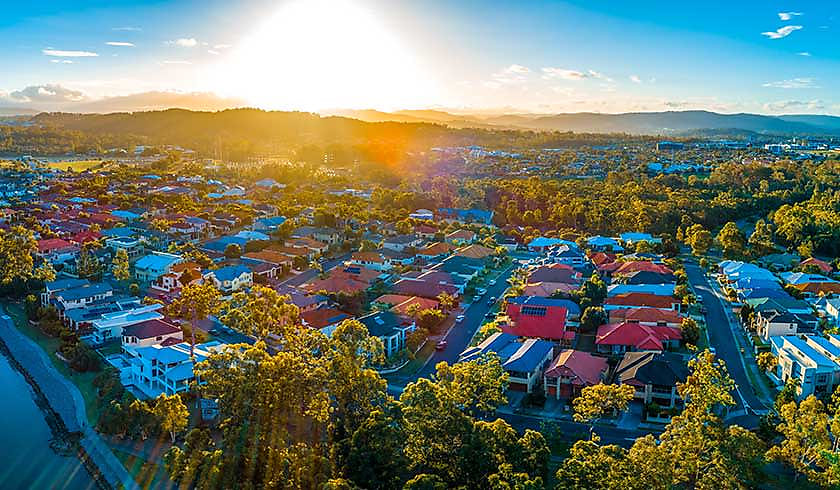Impact of rate rises ‘intensely apparent’ in new housing data: REIA
Data from the March quarter shows housing affordability, rental affordability, and first home buyer activity are in sharp decline, according to the Real Estate Institute of Australia.

The Real Estate Institute of Australia (REIA) revealed its data on the state of Australian housing up until March 2023, finding that the proportion of income required to meet the average loan repayment across Australia has increased substantially to 44.9 per cent.
To continue reading the rest of this article, please log in.
Create free account to get unlimited news articles and more!
REIA president Hayden Groves said that this represents the worst housing affordability since September 2008.
While the impacts of changing economic conditions take a while to trickle down into data, Mr Groves said that Australia’s successive cash rate increases had officially become “intensely apparent in our housing affordability”.
“Affordability has declined in all states and territories except Tasmania as well as the Northern Territory,” he noted.
“New South Wales, Victoria and South Australia had the worst housing affordability result this century, with South Australia suffering the worst decline at 1.7 percentage points.
“To put this in perspective, nationally the average loan repayment increased to $4,537 over the March quarter, which is a whopping increase of 35.0 per cent over the past 12 months. This will, of course, be starker in cities where it is more expensive to buy and bigger loans are needed,” Mr Groves said.
Rental affordability also sits in worrying territory, with the average salary proportion needed to rent a home increasing 0.5 percentage points to 23 per cent.
“Rental affordability declined in all states and territories, except in the Australian Capital Territory where it improved,” Mr Groves said
This is the worst affordability result for renters since September 2022; however, Mr Groves noted that it falls well short of the rental affordability crisis of the global financial crisis, where the income to rent required exceeded 26 per cent.
Victoria was revealed to be the most affordable state to rent, with rent to income required sitting at 19 per cent, and Tasmania the least affordable at 28.9 per cent.
Mr Groves also expressed concern as first home buyer activity continued to shrink in all states and territories.
“The number of first home buyers decreased to 21,150, a decrease of 17.9 per cent during the quarter and a decrease of 27.3 per cent compared to the March quarter 2022.
“First home buyers now make up 31.4 per cent of the owner-occupier dwelling commitments, a decrease of 0.3 percentage points over the quarter and 0.2 percentage points over the year. Victoria had the largest decline at 24.1 per cent, and Tasmania had the smallest decline at 6.0 per cent,” he reported.
In light of these figures, Mr Groves urged those in positions of power to act quickly to address the clear lack of housing supply.
“Decision-makers should focus on the task at hand to solve the current supply crisis by looking at policies to better use the homes we have already built; and building more houses,” he said.


